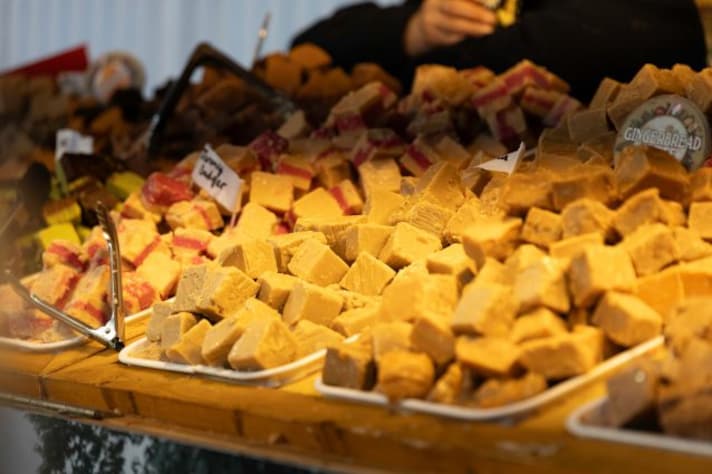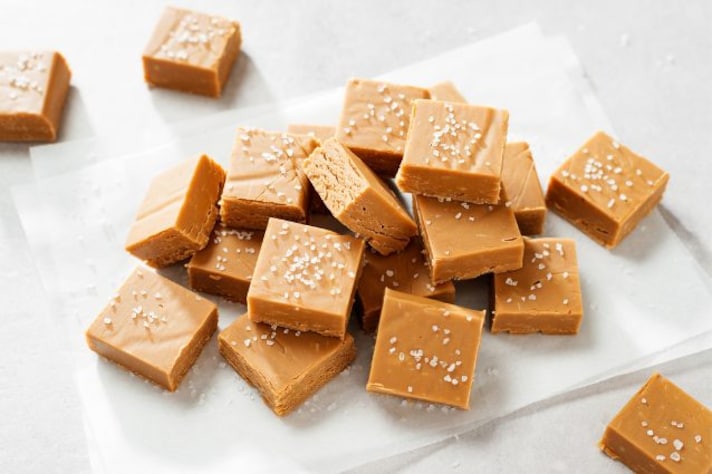
Toffee, a beloved confection known for its rich, buttery flavor and delightful crunch, is a favorite treat for many. While store-bought toffee is readily available, many people prefer making it at home, enjoying the process and the ability to customize flavors and textures. However, there's a crucial rule that home cooks often overlook: you should never stir toffee while making it. This simple yet vital guideline can be the difference between perfect, glossy toffee and a grainy, separated disaster.
What is Toffee?
Toffee is a type of candy made by caramelizing sugar along with butter and sometimes flour. The mixture is heated until it reaches the hard crack stage, typically around 300 degrees Fahrenheit, resulting in a brittle, glossy confection. Often, toffee is enhanced with nuts, chocolate, or sea salt, adding layers of flavor and texture. The simplicity of its ingredients belies the complexity of its preparation, making the right technique essential for success.

Crystallization: The Enemy of Smooth Toffee
One of the primary reasons you should never stir toffee is to avoid crystallization. When sugar is heated, it dissolves and forms a syrup. If the mixture is disturbed, sugar crystals can form and multiply, leading to a grainy texture instead of the smooth, glossy finish you desire. Stirring agitates the mixture, encouraging sugar crystals to cling together and grow. This process can quickly turn your toffee from a smooth delight into a gritty disappointment.
Separation: The Butter-Sugar Divide
Stirring toffee can also cause the butter and sugar to separate. Toffee requires a careful balance of fat and sugar, and vigorous stirring disrupts this balance. As the mixture cooks, the water in the butter evaporates, leaving behind the fat, which needs to stay emulsified with the sugar. Stirring can break this emulsion, causing the butter to separate out and float on top of the sugar mixture. This separation results in an uneven texture and can ruin the toffee’s consistency.

Even Heating: The Key to Perfect Toffee
Achieving the correct temperature consistently throughout the toffee mixture is crucial. Stirring can create hot spots and uneven heating, making it difficult to control the cooking process accurately. When left undisturbed, the mixture heats uniformly, allowing the sugar to caramelize properly and the butter to integrate seamlessly. Maintaining a steady, even heat ensures that the toffee reaches the hard crack stage without burning or separating.
Toffee Vs. Caramel: What's The Difference?
Many people confuse toffee with caramel, but there are distinct differences between the two. Caramel is typically made with sugar, water, and cream, resulting in a softer, chewier texture. It is cooked to a lower temperature than toffee, usually around 245 to 250 degrees Fahrenheit. Toffee, on the other hand, is harder and more brittle, cooked to a higher temperature, and includes butter in its recipe. The addition of butter and the higher cooking temperature give toffee its characteristic snap and rich, buttery flavor. While both candies rely on caramelizing sugar, their differing ingredients and cooking methods produce distinctly different textures and flavors.
;Resize,width=767;)
